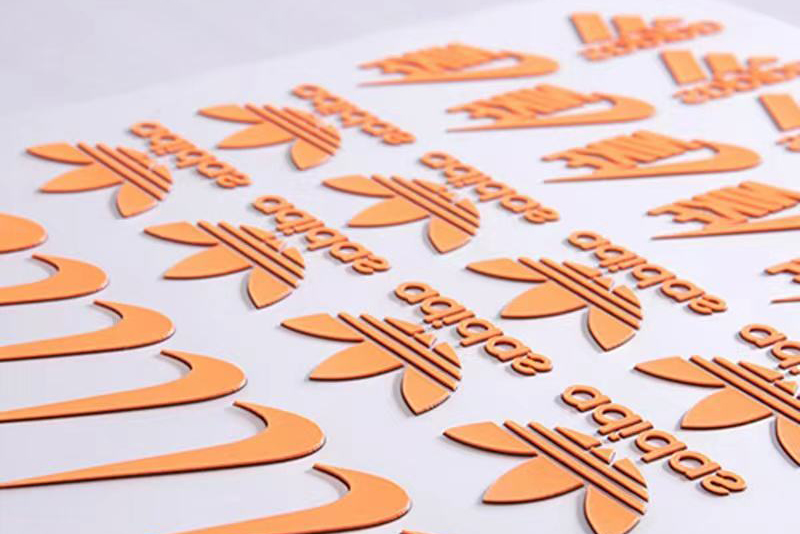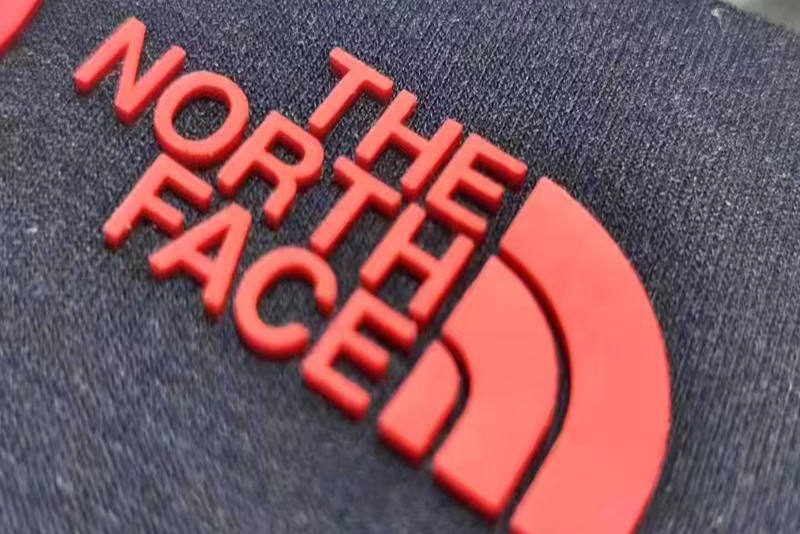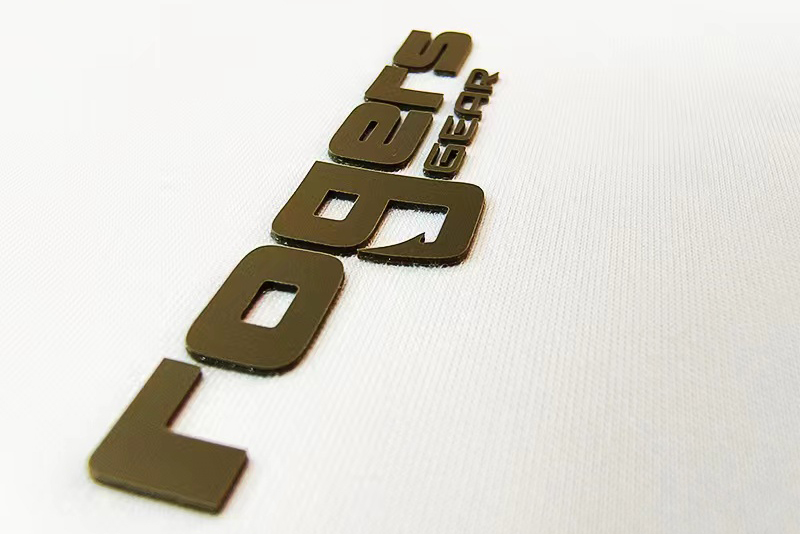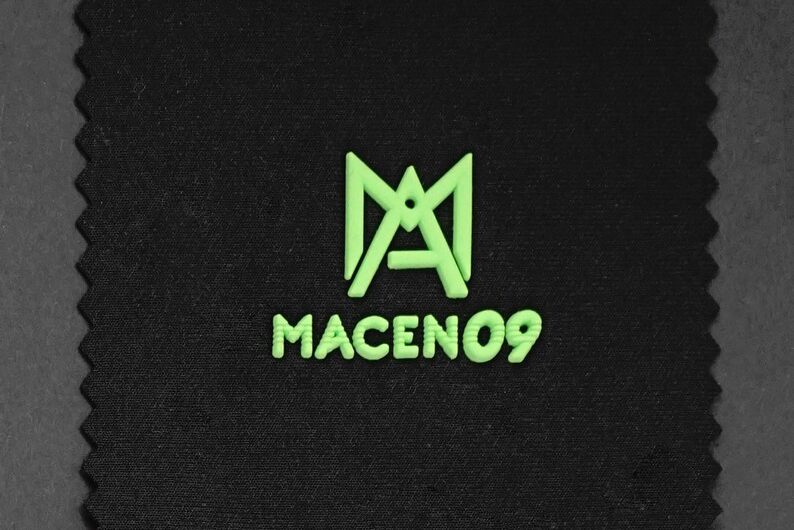Silicone HTV (Heat Transfer Vinyl) offers significant advantages in outdoor applications, particularly in terms of weather resistance and UV stability. Here's a closer look at these advantages:

1. Weather Resistance: One of the primary advantages of silicone HTV in outdoor applications is its exceptional weather resistance. It can withstand various weather conditions, including sunlight, rain, humidity, and temperature fluctuations. Silicone HTV is highly resistant to moisture, preventing water damage and the growth of mold or mildew on outdoor surfaces. This weather resistance ensures that the applied designs or logos remain intact and visually appealing, even when exposed to harsh outdoor elements.
2. UV Stability: Silicone HTV is specifically formulated to resist UV radiation, making it highly stable when exposed to sunlight. Unlike other types of HTV, silicone HTV does not fade or deteriorate quickly due to prolonged sun exposure. The vibrant colors and designs created with silicone HTV will remain bright and visually appealing over extended periods, maintaining the overall quality and appearance of outdoor applications.
3. Longevity: The weather resistance and UV stability of silicone HTV contribute to its longevity in outdoor applications. It can withstand the damaging effects of sunlight, moisture, and other environmental factors, ensuring that the applied designs or logos do not fade, crack, or peel easily. This longevity ensures that outdoor surfaces, such as signs, banners, awnings, and outdoor furniture, maintain their visual appeal and durability over time.
4. Versatile Outdoor Applications: Silicone HTV can be used in a wide range of outdoor applications. It adheres well to various materials, including fabrics, vinyl, plastics, and certain metals. This versatility allows for the customization of outdoor signage, banners, flags, promotional products, and even outdoor apparel or accessories. The weather resistance and UV stability of silicone HTV make it suitable for both temporary and long-term outdoor applications.
5. Easy Maintenance: Silicone HTV is easy to clean and maintain, which is an essential factor for outdoor applications. It can be wiped clean with mild soap and water, allowing for quick and hassle-free maintenance. This ease of cleaning ensures that outdoor surfaces decorated with silicone HTV remain in good condition and retain their visual appeal over time.
6. Branding and Marketing Opportunities: The weather resistance and UV stability of silicone HTV offer branding and marketing opportunities for businesses. It allows for the application of logos, slogans, and other branding elements on outdoor signs, banners, and promotional products. The vibrant and long-lasting nature of silicone HTV ensures that the brand message remains visible and impactful, even in outdoor environments.
The advantages of weather resistance and UV stability make silicone HTV a preferred choice for outdoor applications. Whether it's for signage, banners, awnings, or outdoor promotional products, silicone HTV provides durable and visually appealing results that can withstand the rigors of outdoor conditions.





